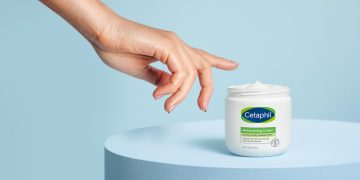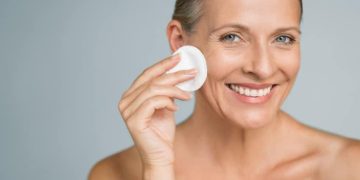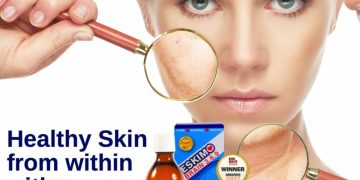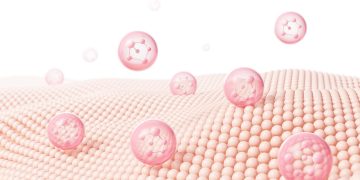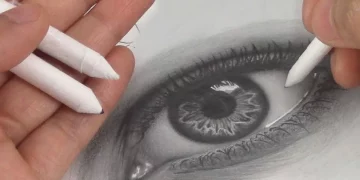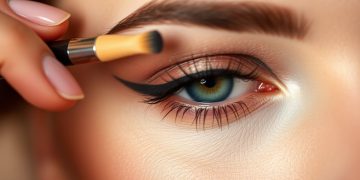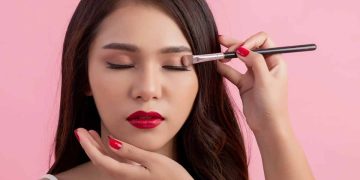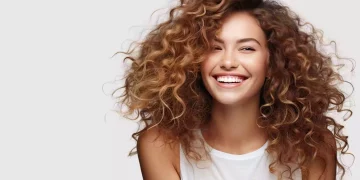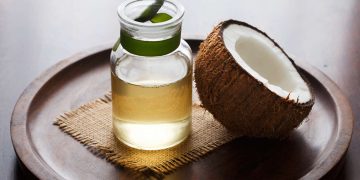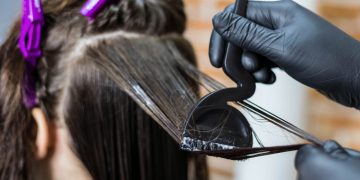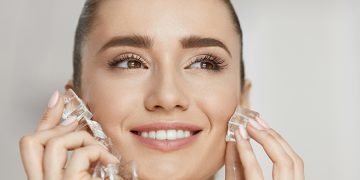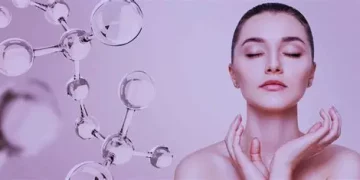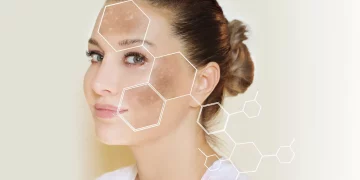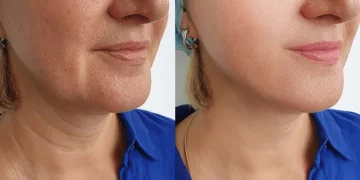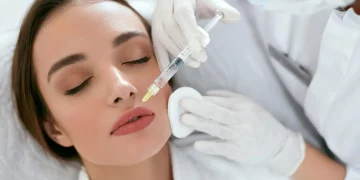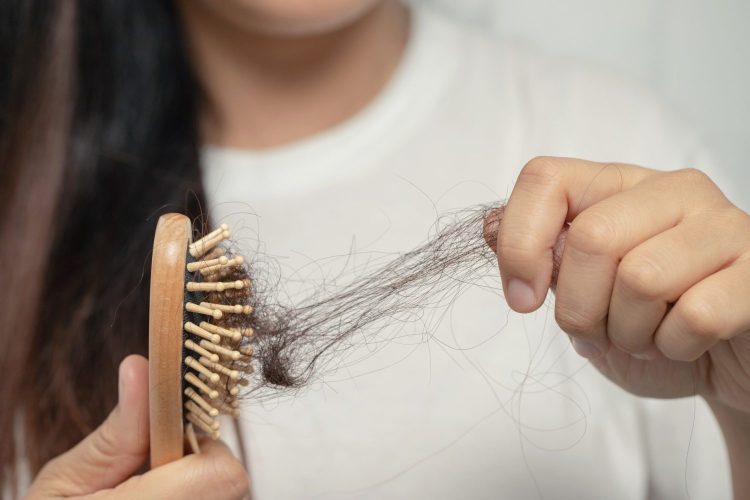Hair thinning is a concern many of us face at some point in our lives, yet it can be difficult to determine if it’s due to something as simple as seasonal changes or something more serious, like a chronic condition. The truth is, our hair’s health is a delicate balance, and various factors—both internal and external—can influence it. From changing weather patterns to dietary shifts, stress, and even hormonal fluctuations, it’s easy to find yourself wondering, “Is my hair thinning, or is it just the season?”
In this article, we’ll break down the connection between hair thinning and seasonal changes, offer some insight into why this happens, and help you identify the difference between a passing seasonal shedding phase and a long-term concern. We’ll also provide tips on how to maintain healthy hair throughout the year, no matter what nature throws your way.
The Seasonal Shedding Phenomenon
It’s not just a myth—hair can shed more during certain times of the year. Many people notice an increase in hair fall during the autumn months, which leads to the common observation of “fall shedding.” But why does this happen?
1. The Telogen Phase
Hair growth follows a natural cycle, typically broken down into three phases:
- Anagen (growth phase)
- Catagen (transitional phase)
- Telogen (resting phase)
At any given time, about 10-15% of the hair on your scalp is in the telogen phase. During this phase, the hair is no longer growing but is not yet shed. The hair will eventually fall out, making way for a new strand to grow in its place. It turns out that, particularly in the fall, a higher percentage of hair follicles transition into the telogen phase, leading to an increased amount of shedding.
2. Environmental Factors: Temperature and Daylight
As the days shorten and temperatures drop, the body naturally reacts. Shorter days mean less exposure to sunlight, which affects vitamin D production. Lower levels of vitamin D can contribute to hair loss, as this nutrient is vital for the growth of healthy hair follicles. Similarly, the cold, dry air in fall and winter can lead to hair becoming drier and more brittle, causing more hair to break off.
3. Hormonal Fluctuations

Seasons also bring changes in hormone levels, particularly in women. Hormonal shifts during the colder months, coupled with factors like shorter daylight hours and increased stress, can contribute to hair shedding. These fluctuations are often subtle but can lead to significant hair loss over time, especially if combined with other stressors.
Is It Just the Season, or Something More?
So, how do you tell if the thinning hair you’re noticing is simply due to the season or if it’s an indication of a more serious issue? Let’s dive deeper into the signs of seasonal shedding versus long-term thinning.
Signs of Seasonal Shedding:
- Timing: If you notice an increase in shedding around the fall, with a gradual decrease as winter progresses, it’s likely seasonal. Hair usually starts shedding in mid-to-late summer and peaks in the fall, only to subside again as winter approaches.
- Shedding Amount: While a certain amount of shedding is normal (about 50-100 strands per day), seasonal shedding typically results in a short-term increase. However, it shouldn’t be drastic or continue for several months.
- Texture and Quality of Hair: During seasonal shedding, your hair may feel drier or more brittle. However, it will likely regain its fullness and texture once the season shifts. If your hair feels consistently weak or thin over time, it could indicate a more serious condition.
Signs of Long-Term Thinning:
- Consistent or Progressive Hair Loss: If the thinning is ongoing, even outside of peak shedding periods, it could point to a chronic issue like androgenic alopecia (pattern baldness), telogen effluvium, or other underlying conditions.
- Thinning Patches or Bald Spots: If you notice localized thinning or bald spots, especially along the hairline or crown of your head, this could signal a more serious issue, like alopecia areata or other autoimmune conditions.
- Scalp Conditions: Persistent itching, flaking, or irritation on the scalp that accompanies hair thinning might indicate conditions like seborrheic dermatitis, dandruff, or even fungal infections that could be affecting hair health.
Other Factors Contributing to Hair Thinning
While seasonal changes are often the culprit behind temporary hair thinning, there are many other factors that can contribute to long-term or severe hair loss. Here are some of the top contributors to hair thinning that go beyond the seasons:
1. Stress and Anxiety
Stress is one of the most common culprits behind hair loss. When you’re stressed, your body releases a hormone called cortisol, which can disrupt the normal hair growth cycle, pushing more hair follicles into the telogen phase, leading to increased shedding. If stress is chronic, this condition can result in a persistent thinning of the hair.
2. Poor Diet and Nutrient Deficiencies
A lack of key nutrients in your diet can severely impact the health of your hair. Iron, biotin, zinc, vitamin D, and protein are all essential for healthy hair growth. If your diet is lacking in these nutrients, you may notice thinning, excessive shedding, or stunted hair growth. Additionally, sudden or extreme weight loss can cause shock to the body, which can result in telogen effluvium.
3. Hormonal Changes
For women, hormonal fluctuations associated with pregnancy, childbirth, menopause, or the use of birth control can significantly impact hair health. Conditions like polycystic ovary syndrome (PCOS) can also affect hormonal balance, leading to thinning hair, particularly around the temples and the crown.

4. Medical Conditions
Several medical conditions can lead to hair thinning, including thyroid disorders, autoimmune diseases, and anemia. For example, hypothyroidism (an underactive thyroid) is commonly linked to hair thinning, especially in women. Similarly, iron-deficiency anemia can result in weak, brittle hair that breaks easily.
5. Hair Treatments and Overstyling
While this may seem like an obvious one, overusing hair treatments and styling tools can contribute to thinning hair. Chemicals from dyes, relaxers, and perms can weaken the hair shaft, leading to breakage. Excessive heat from blow dryers, flat irons, and curling irons can also damage hair over time, making it more prone to thinning and breakage.
How to Care for Your Hair Year-Round
Whether you’re dealing with seasonal shedding or chronic thinning, proper hair care is essential for maintaining its health and preventing further damage. Here are some tips for caring for your hair throughout the year:
1. Follow a Balanced Diet
Eat a nutrient-rich diet that supports hair health. Include plenty of fruits, vegetables, lean proteins, and whole grains. Focus on foods rich in iron, biotin, zinc, and omega-3 fatty acids, as these help promote healthy hair growth.
2. Avoid Excessive Heat and Chemical Treatments
While styling can be fun, it’s important to minimize the use of heat tools like flat irons, curling irons, and blow dryers. Try to air dry your hair when possible or use heat protectant products if you must style with heat. Similarly, reduce the frequency of chemical treatments like hair dyeing and perming, which can weaken the hair shaft.
3. Be Gentle with Your Hair
Treat your hair gently, especially when it’s wet. Avoid rough towel drying or pulling on it when brushing. Instead, use a wide-toothed comb to detangle your hair, and consider using a microfiber towel to minimize friction and breakage.
4. Stress Management
Incorporate stress-reducing activities into your routine, such as meditation, yoga, or deep breathing exercises. Regular physical activity can also help reduce stress and promote overall well-being, which can benefit your hair.
5. Consider Supplements
If you suspect a nutrient deficiency, consider talking to your healthcare provider about taking supplements. Biotin, collagen, and other hair-specific supplements may help support healthy hair growth, but always consult a professional before starting any new regimen.
When to Seek Professional Help
If you notice that your hair thinning isn’t improving after seasonal changes or basic self-care adjustments, or if you experience symptoms like scalp irritation, persistent hair loss, or bald spots, it’s time to consult a dermatologist or healthcare provider. A professional can help identify any underlying medical conditions, recommend appropriate treatments, and guide you toward the best course of action for your specific needs.

